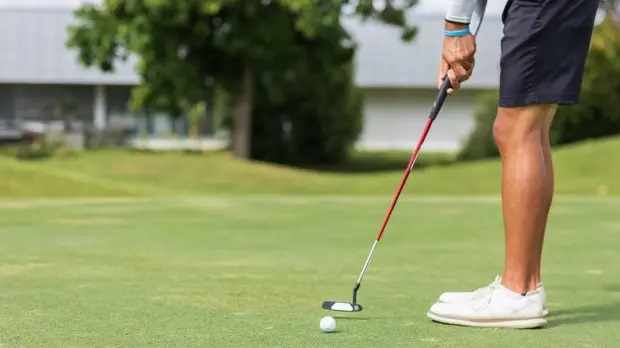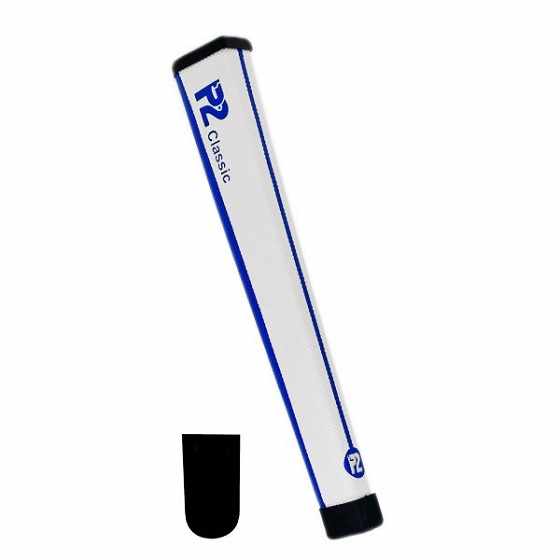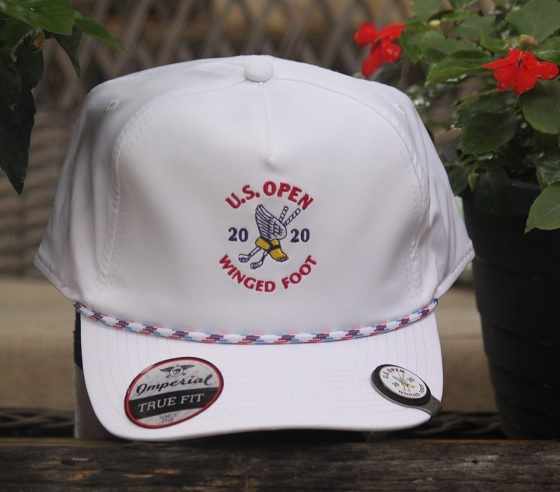
In the nuanced world of putting, where a stroke's success is often measured in millimeters, equipment matters—especially the one component that connects your hands directly to the club: the grip. For decades, putter grip designs remained relatively static. That is, until a shift began quietly taking shape on practice greens and tournament circuits. Enter P2 Golf Putter Grips, a brand that isn’t just offering another shape or texture—but rethinking hand alignment entirely.
This isn’t just a story about a new grip. It’s about how that grip is starting to change putting technique, confidence, and even instruction philosophies across courses in the Carolinas.
What Makes P2 Different?
On the surface, P2 grips might resemble traditional oversized or midsize putter grips—familiar widths, soft-touch textures, and subtle branding. But look closer, and you'll find something very different happening beneath your hands.
Unlike conventional grips where the shaft runs centrally through the grip core, P2 putter grips raise the shaft within the grip itself. This elevation pushes the hands into a more neutral, wrist-locked position at address, minimizing unnecessary movement and improving face control.
This isn’t just a gimmick or ergonomic tweak. It directly influences putter face rotation, path consistency, and most importantly, feel. Instead of adding weight or relying on alignment aids, the P2 design helps players find a more connected, repeatable setup.
Why It Matters in the Carolinas
Courses throughout the Carolinas—from the rolling terrain of Pinehurst to the ocean breezes of Charleston—are known for quick greens and subtle breaks. Here, pace and precision aren't just helpful; they're non-negotiable. When grain, slope, and humidity all factor into your stroke, minimizing variables is critical.
Golfers using the P2 system reported more consistent contact and improved distance control on fast, undulating greens. While some had initial adjustment periods—particularly those transitioning from pistol-style grips—the feedback was overwhelmingly positive after just a few rounds.
What stood out was not just the technical improvement, but the mental clarity. Golfers knew their hands were set correctly and weren’t adjusting mid-stroke. That kind of confidence is rare—and often fleeting—in putting.
Feedback from Local Golfers
Across several Carolina clubs, we interviewed players who’d made the switch. Here’s what they said:
“I didn’t expect much. I’ve used the same grip for five years. But the moment I set the putter down with the P2 grip, my wrists felt locked in place. I didn’t fight the stroke.”
— Mike D., 8-handicap, Raleigh
“It felt strange at first, especially how my thumbs sat on the grip. But within two weeks, I was rolling it better. My speed control on downhill putts improved the most.”
— Lauren S., 2-handicap, Greenville
“I paired it with a mallet putter and saw my three-putts drop by 50%. I’m not a gearhead, but this made me rethink how I set up to putt.”
— Derrick T., 15-handicap, Charlotte
It's important to note that many testers weren’t chasing the latest trends. These were golfers who had stuck with traditional grips for years. But when shown the P2 difference—often during fittings or by borrowing a friend’s club—they took notice.
Instructor Perspective: Function Over Flash
Local teaching pros are also beginning to integrate P2-style grips into their lesson programs, not necessarily as a miracle fix, but as a mechanical guide. Because the grip encourages a square setup and discourages excessive wrist hinge, it serves as a natural aid in teaching proper alignment.
One Carolinas-based instructor shared:
“When I give a lesson using this grip, students naturally assume a more structured stroke. I don’t have to over-coach the wrist action. It’s especially good for players who struggle with flipping the face open or closed under pressure.”
This functional value adds another layer to the grip's appeal—not just for elite players, but for weekend golfers trying to shave strokes through smarter mechanics.
Compatibility with Different Putter Styles
A frequent concern with any grip innovation is compatibility. Will it suit blade putters? Will it throw off the balance of a mallet?
In testing, P2 Golf Putter Grips performed equally well across putter types, with certain models designed to complement face-balanced or toe-hang designs. The grip weight is balanced—not too heavy to throw off swing weight, but dense enough to enhance feel. Some testers noted the benefit of pairing the grip with counter-balanced shafts or tour-weight heads for an even more stable stroke.
And for those used to thicker or even jumbo grips, the transition felt natural. The size options (including models like the Aware or Classic) give players room to experiment without sacrificing feel or aesthetics.
Not Just for the Pros
One of the biggest myths in amateur golf is that only pros benefit from equipment changes. That logic doesn't hold with putting grips. In fact, players with higher handicaps often stand to gain the most, since their strokes are more prone to variability.
Whether you're an 18-handicap player struggling with short putts, or a low single-digit working on pace, a grip that quietly controls the stroke can add serious value.
Much like the slow rise of graphite shafts or hybrids years ago, this grip innovation isn’t being pushed by ads or tour buzz—it’s being driven by real performance.

What to Expect in the Future
Grips don’t often make headlines. They’re not flashy like new driver tech or iron launches. But in the realm of scoring, putting grips have outsized influence. And with growing interest from instructors and clubfitters, expect more players to experiment with elevated shaft grips like P2—especially as greens get faster and expectations grow.
Golf is always evolving. But sometimes, it's the simple mechanical tweaks—like raising the shaft center just a few millimeters—that drive the most consistent change.
Closing Thoughts
What P2 Golf Putter Grips offer isn’t magic. They don’t make bad reads good or poor strokes perfect. But they do set you up in a way that makes consistent execution easier. That alone can be a game-changer—especially in regions like the Carolinas where every round presents new challenges.
You won’t find everyone switching overnight. Golf is a game of habits, and putting even more so. But spend a week rolling putts with one of these grips—whether you're a curious experimenter or a longtime traditionalist—and you might discover something quietly revolutionary.
We found our P2 grip test models at Classic Golf of the Carolinas, a hub where seasoned golfers and newcomers alike can explore golf gear tailored to the unique demands of Southern play. Their curated selection and emphasis on course-ready performance gear make them a key player in introducing innovations like these to the local scene.






Write a comment ...